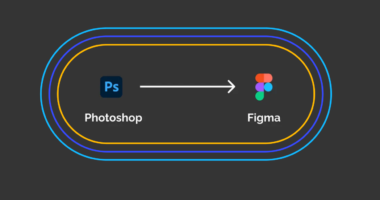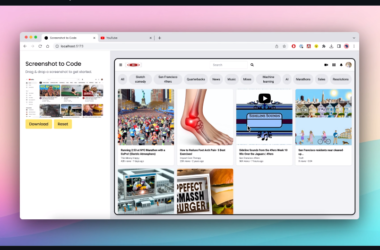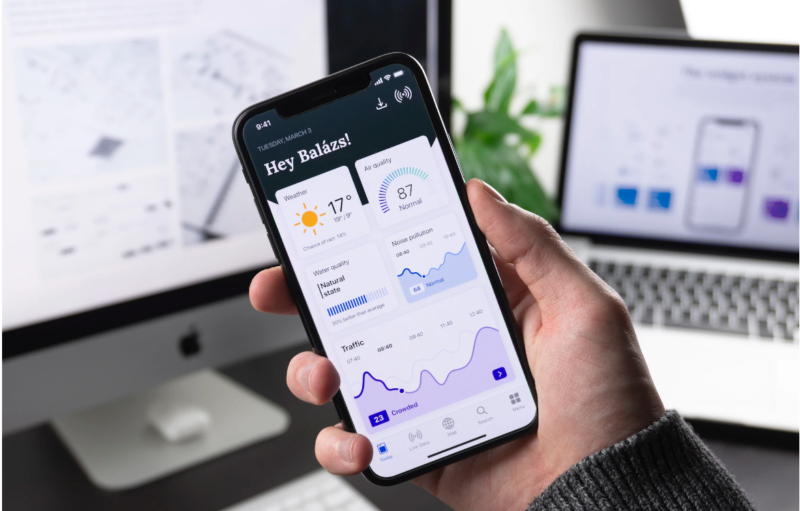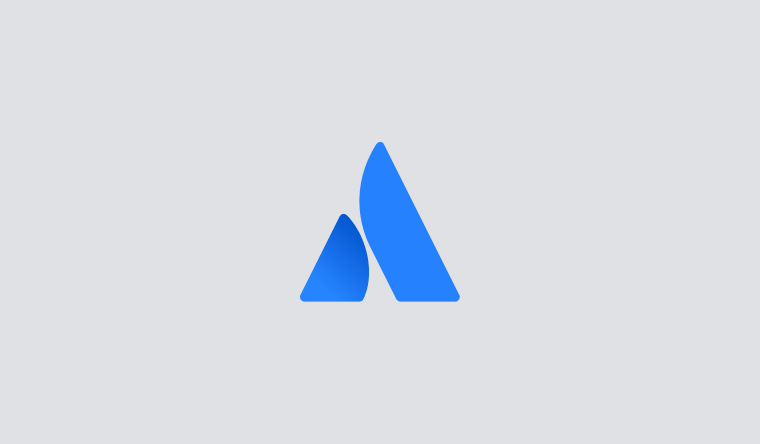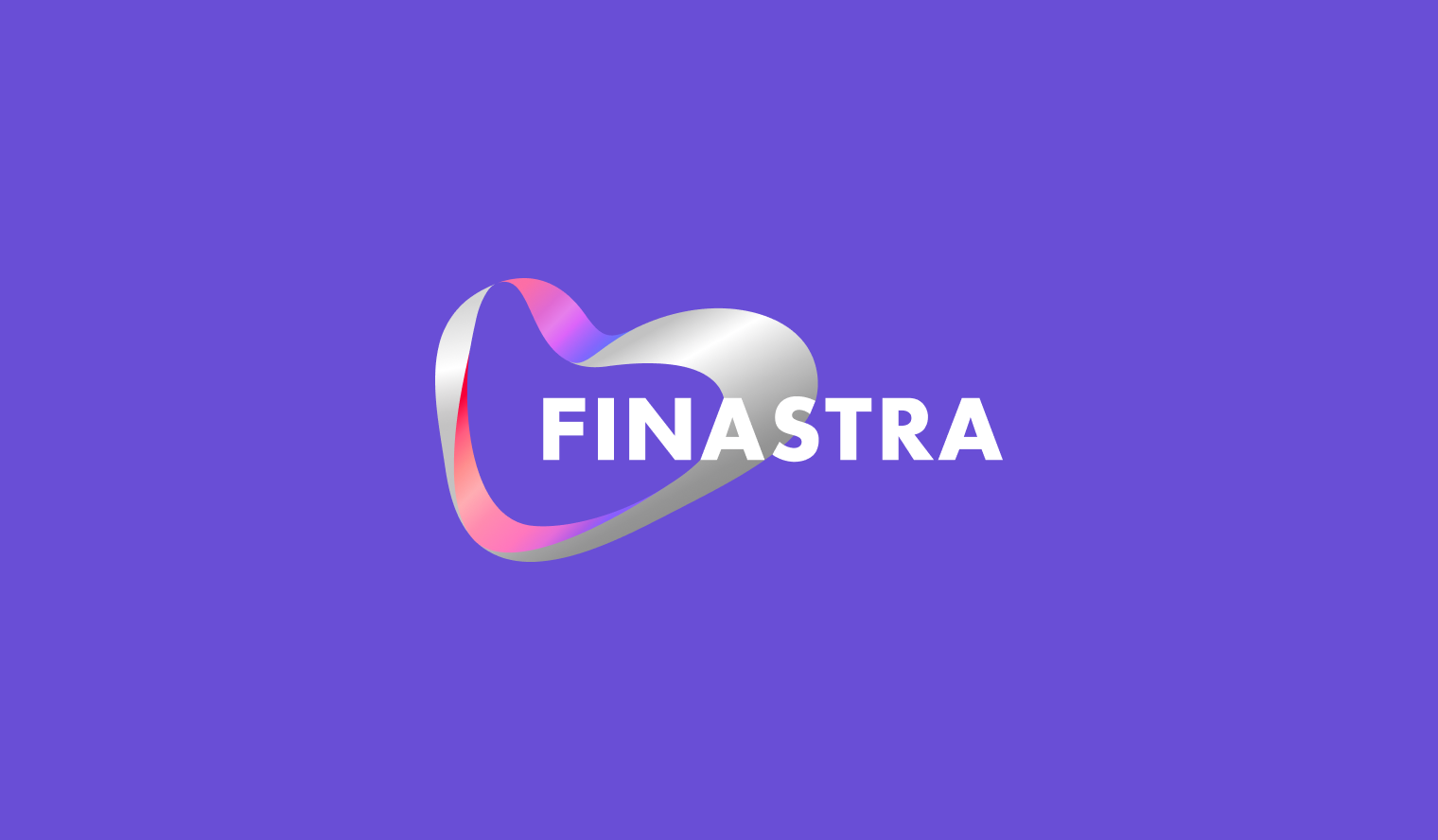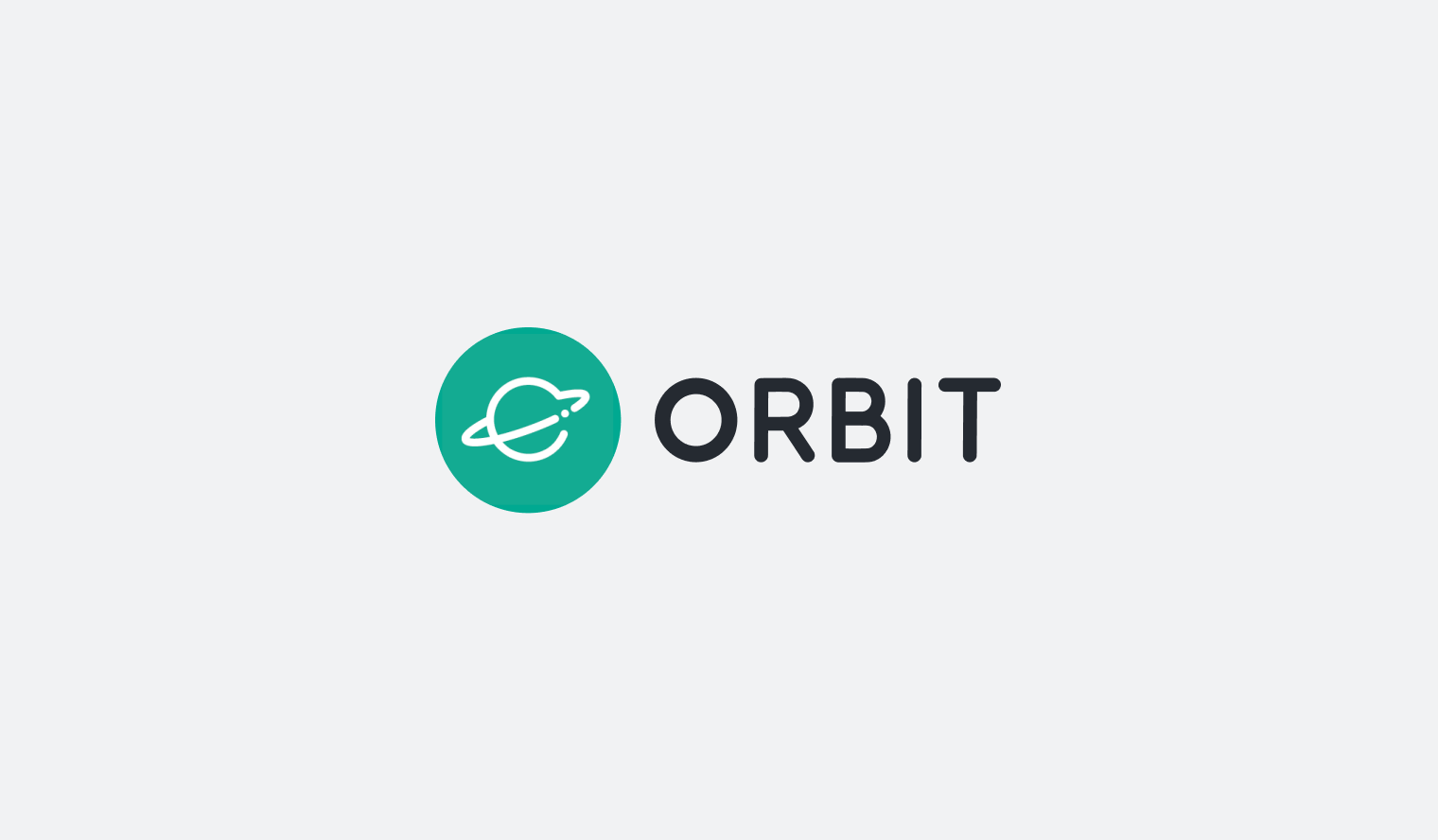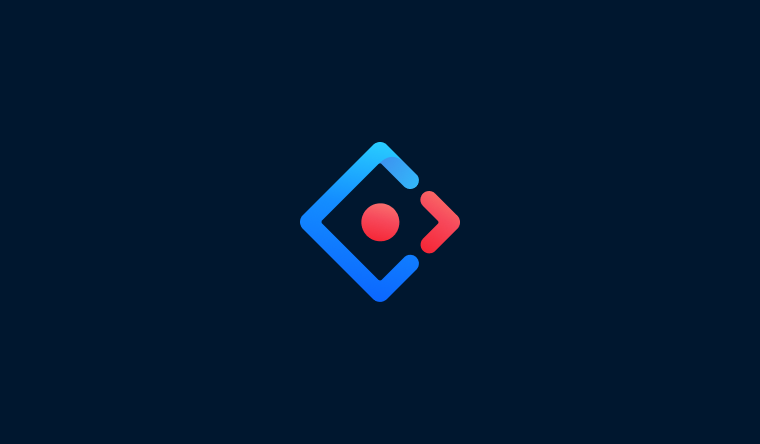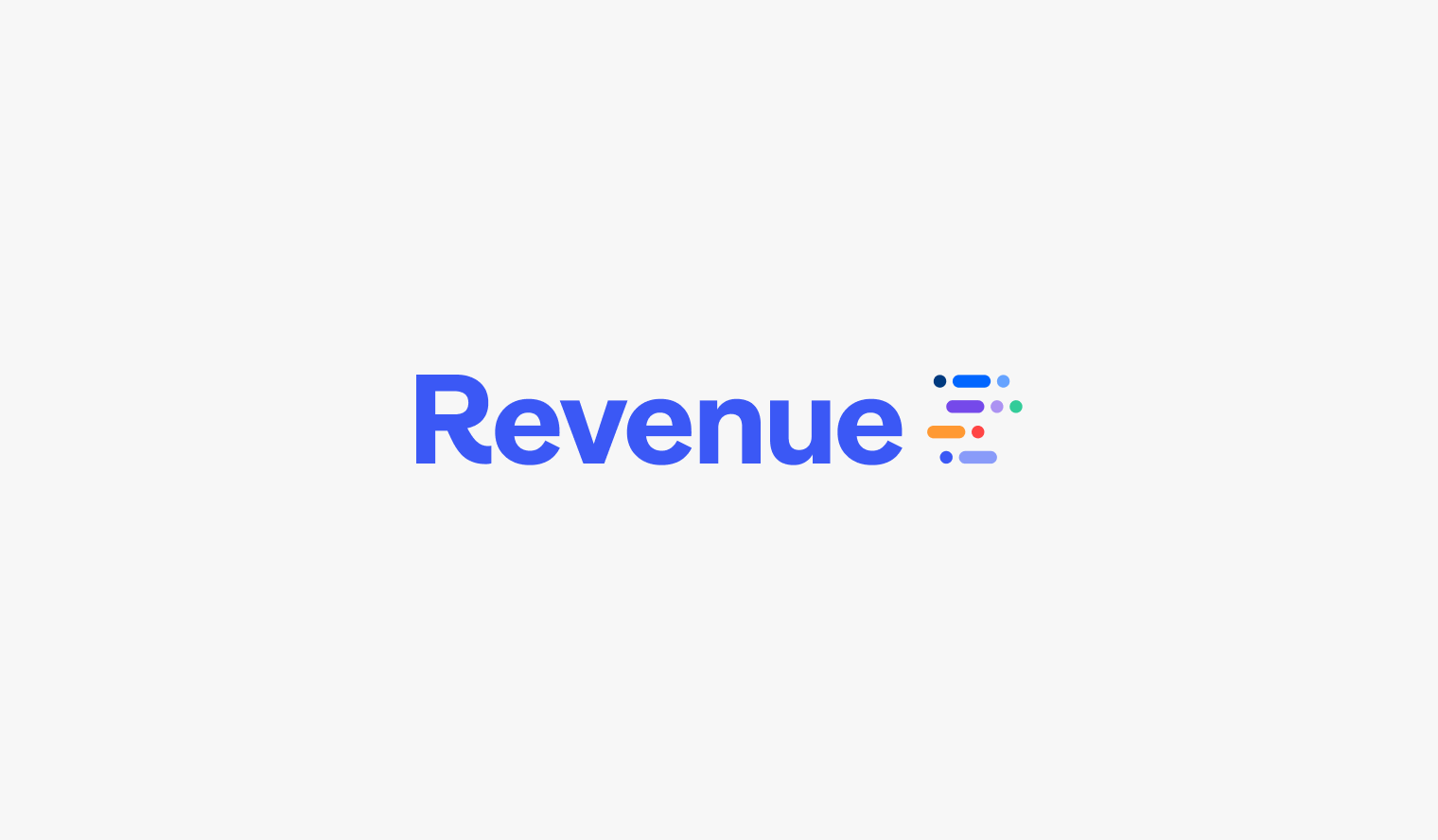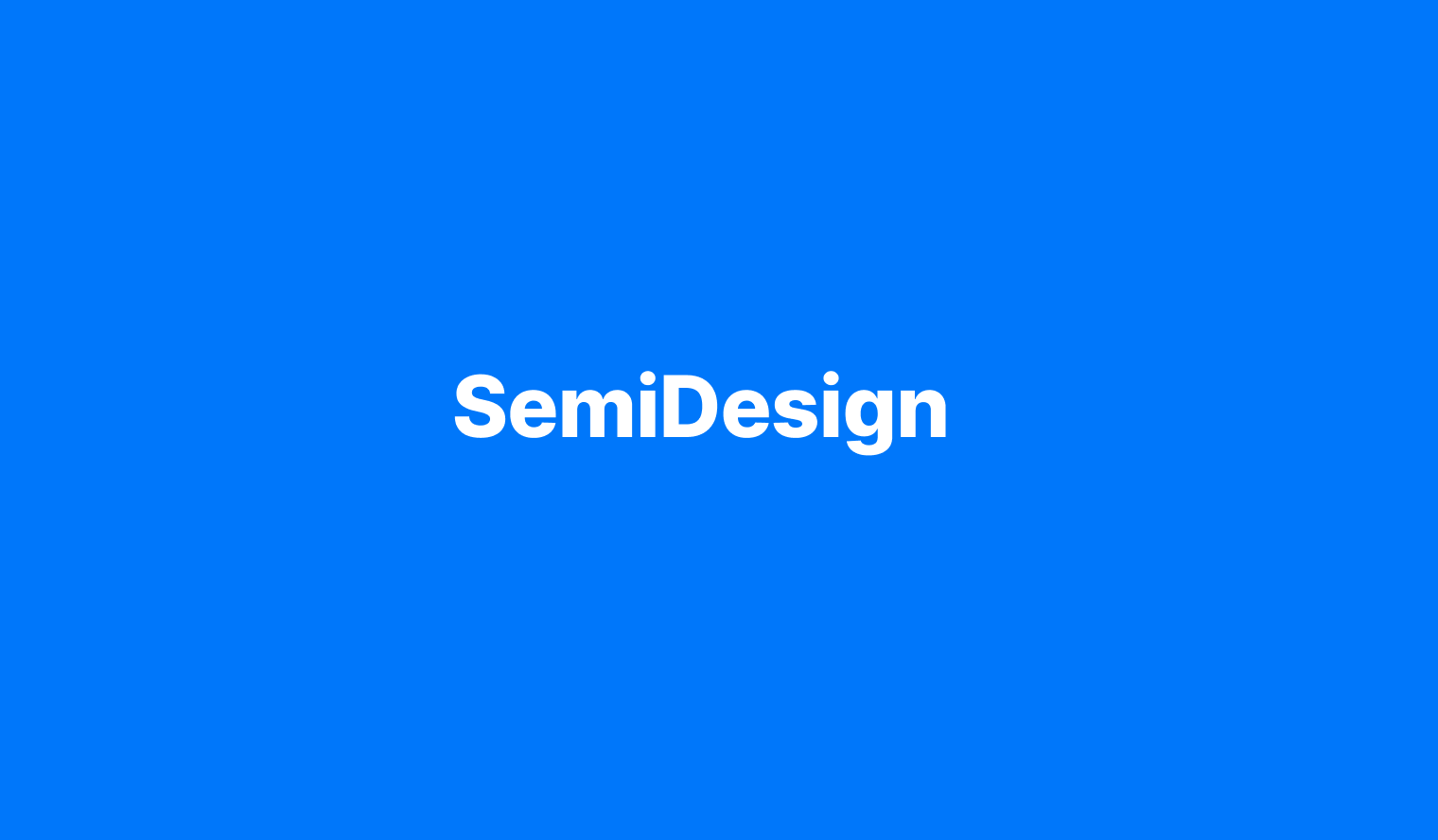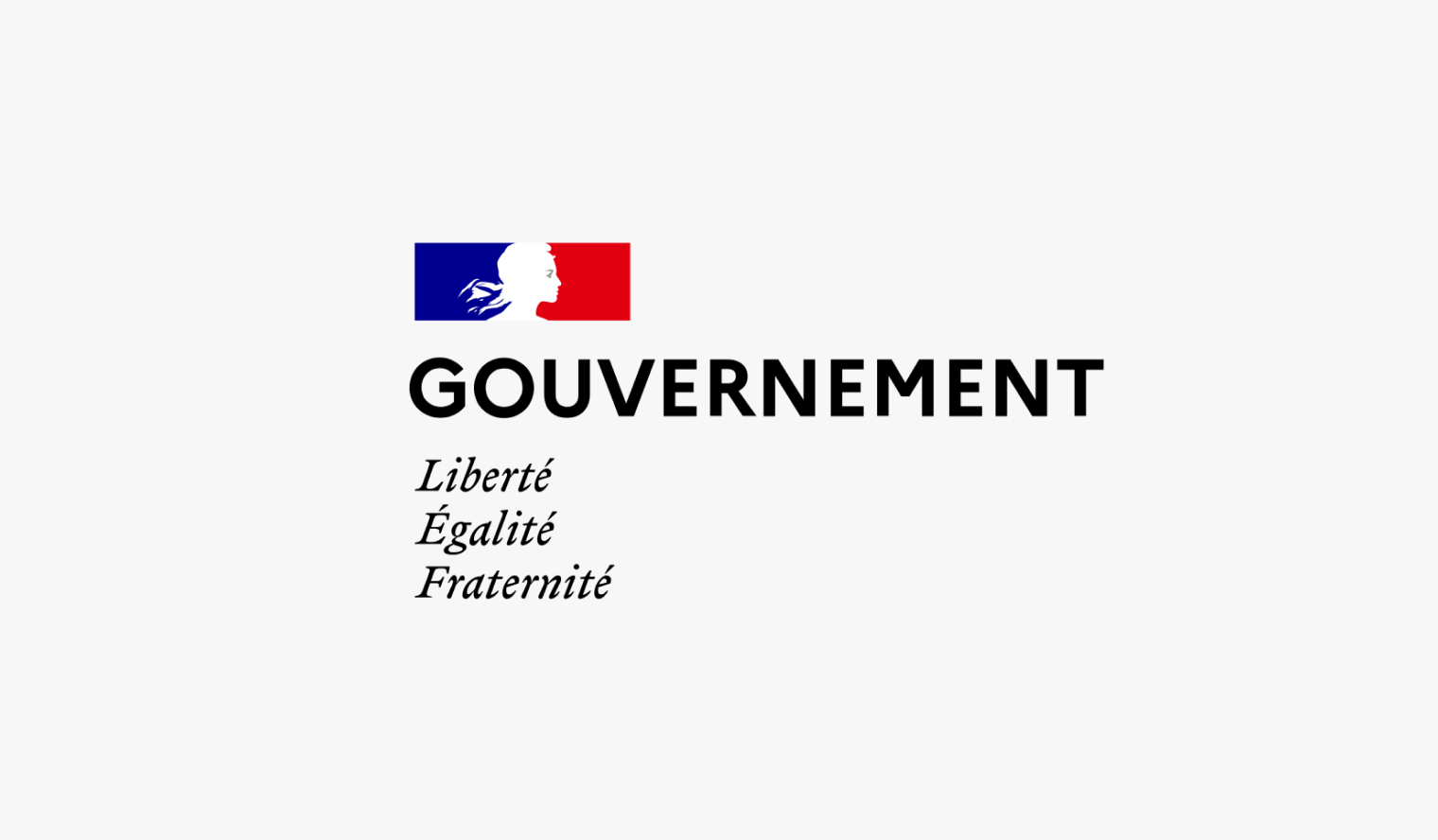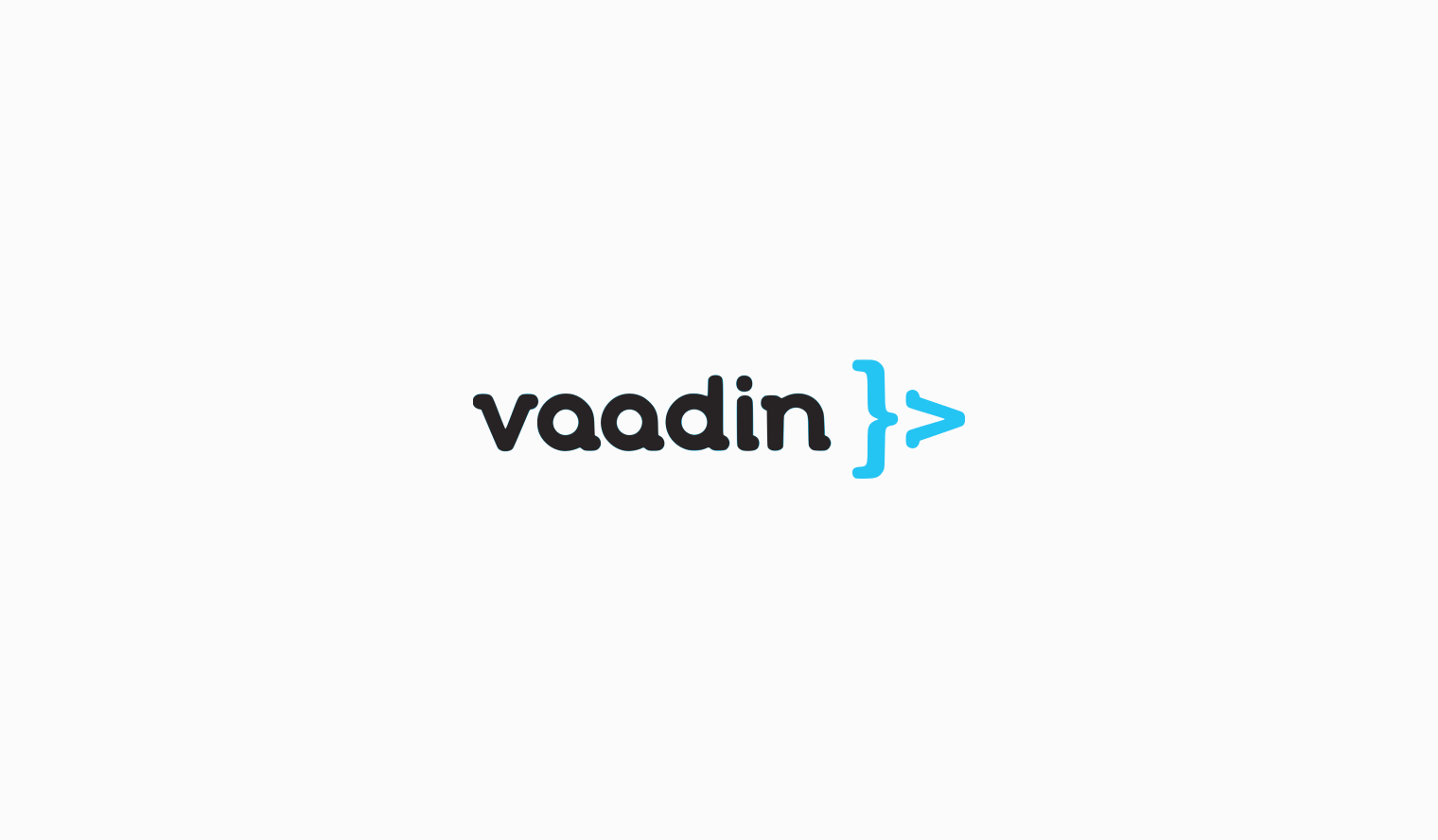Design Systems for Figma
What is Design Systems
A design system is a set of standardized design conventions established within a company to promote consistent style choices across products, platforms and teams. Some key aspects of a design system include:
- Visual Style Guide – Defines brand colors, typography, icons and other visual branding elements.
- Component Library – Reusable UI elements like buttons, forms, navigation that can be customized for different contexts.
- Pattern Library – Commonly reused design patterns for interfaces like filters, search, comments etc.
- Documentation – Information on design principles, technical specifications and implementation guidance.
- Processes – Workflow for maintaining/contributing to the system as products and needs change over time.
Benefits of a design system include improved visual consistency, standardized development, faster iteration and collaboration across teams. It ensures best practices are followed as an organization scales design efforts. Popular tools to build systems include Figma, Atomic, Carbon Design System. Systems can apply to digital products, environments, catalogs or any design work.
In short, a design system is a centralized hub for branding and interface guidelines that promotes harmony and efficiency in multi-disciplinary creative work.
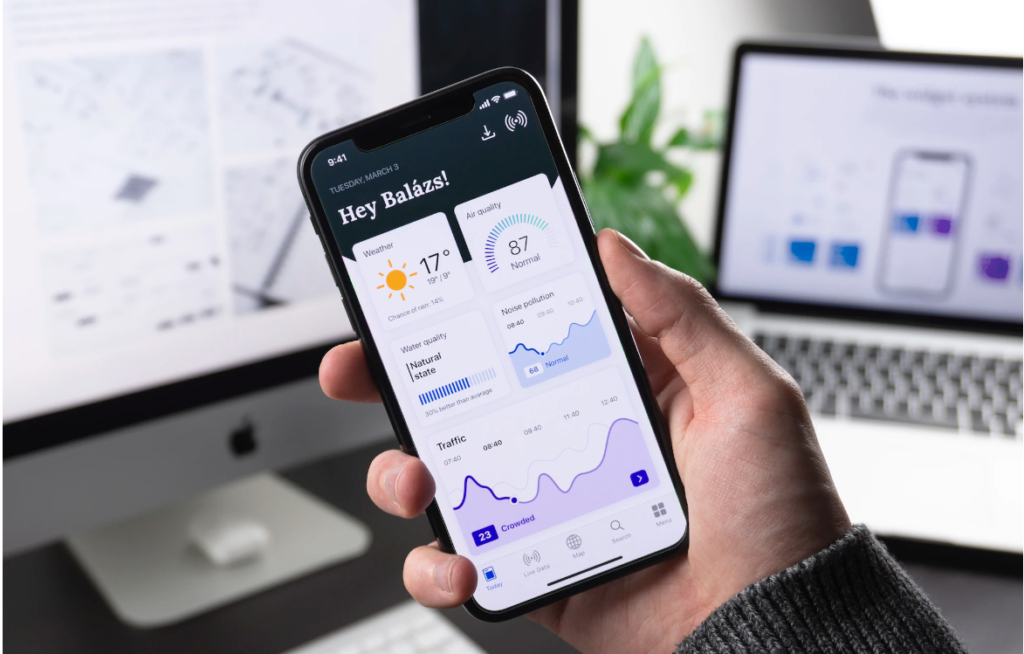
Explore huge set of design systems for figma
How Design Systems Increase Efficiency for Designers and Developers
Design systems have revolutionized the way products are built at many companies. By establishing standards for visuals, interactions and common interface elements, they streamline processes for both designers and developers. Let’s explore how design systems help teams work more efficiently.
At their core, design systems aim to provide consistency across products through a central system of patterns. This includes defining core UI components like buttons, menus and form fields that can be reused throughout an organization. Systems also dictate visual treatments such as typography, colors and iconography to maintain brand cohesion.
This centralized resource is essentially a living style guide that houses all interface rules and modules. Known as a pattern library or style guide, it acts as a shared toolbox that designers and developers pull from rather than starting fresh each time. Maintaining everything in one place as a design system benefits teams in numerous ways.
Design systems help increase efficiency for designers and developers in several key ways:
For designers:
- Reusable component libraries save design time. Designers don’t have to rebuild common elements from scratch.
- Shared styling resources like color palettes and typography specs ensure visual consistency without redundant work.
- Living documentation of design tokens, patterns and principles guides work without ambiguities.
- Collaboration tools within systems facilitate handoff and feedback between teams.
For developers:
- Well-documented systems minimize learning curves for understanding expected styles.
- Component APIs and code snippets streamline implementation compared to bespoke coding.
- Technology-agnostic design patterns transcend codebases for flexible reuse.
- Version control prevents feature duplication and breaking changes across platforms.
For both:
- Standardization avoids re-creating solutions to common problems on every project.
- Maintenance is simplified through a single source of truth for interface conventions.
- Scalability is improved by distributing design ownership across many contributors.
By establishing shared design languages, systems consolidate institutional knowledge, reducing friction and enhancing coordination among multi-disciplinary teams working together at an organizational scale. This boosts overall productivity, quality and velocity.

In summary, implementing a design system boosts cohesion while optimizing designer and developer workflows. Components get coded once instead of repeatedly with each new product. Features ship faster and products evolve cohesively due to this crucial system underpinning the development process.
